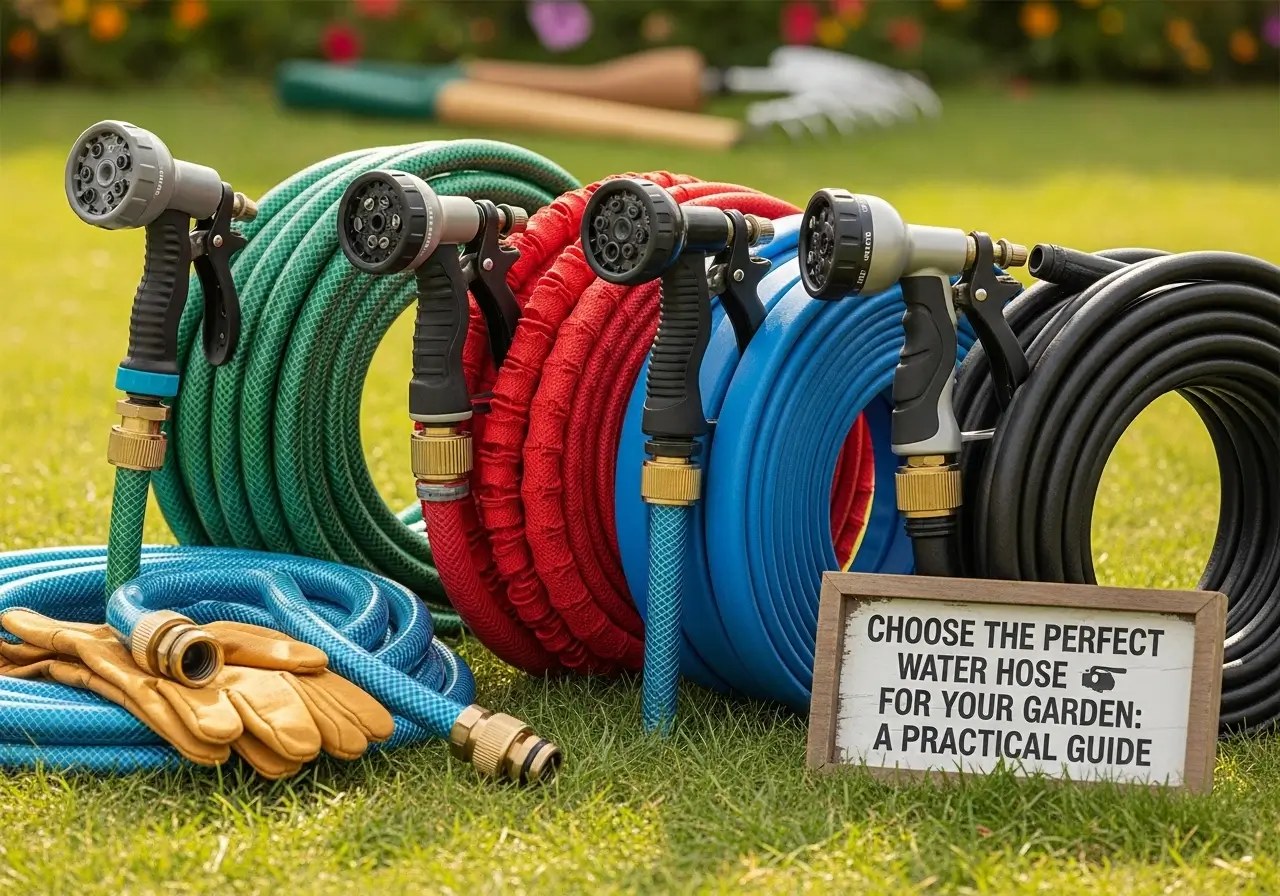
Lawn Care Tips & Maintenance
We unite suppliers and green industry professionals worldwide
Water Lettuce might not belong in your salad bowl, but its common name comes from its striking resemblance to a loose head of garden lettuce - only this one floats serenely across ponds, filtering water and offering shade to fish below.
By Victor Miller
|Published on June 18, 2025
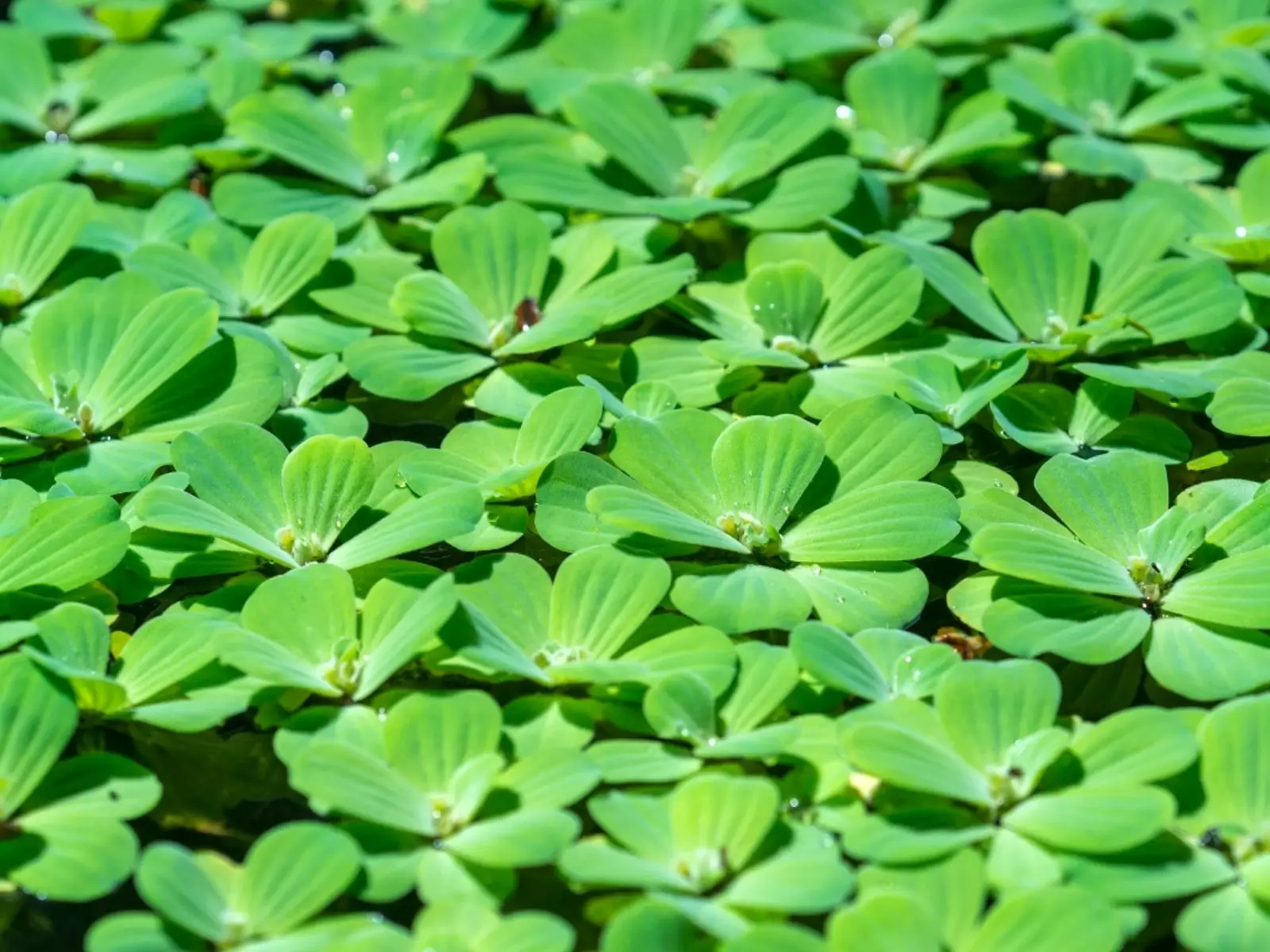

“Why is it called lettuce if it grows in water and you can’t eat it?”
Water Lettuce (Pistia stratiotes) might not belong in your salad bowl, but its common name comes from its striking resemblance to a loose head of garden lettuce—only this one floats serenely across ponds, filtering water and offering shade to fish below. Its light green, velvety leaves create rosettes that appear to float on the water’s surface, making it a stunning addition to any water garden or outdoor pond.
Believed to have ancient origins, possibly even mentioned in Egyptian texts, Water Lettuce has made its way around the world due to its ornamental charm and practical use as a natural water purifier. Although in some areas it can be invasive, grown responsibly, it’s beautiful and beneficial.
| Botanical Name | Pistia stratiotes |
| Common Name | Water Lettuce |
| Type | Floating aquatic perennial |
| Growth | 2–6 tall ( rosettes spread up to 10 inches wide) |
| Sunlight requirements | Full sun to partial shade |
| Soil needs | Not necessary (floats on water) |
| Water Needs | High (aquatic) |
| Hardiness Zones | 9–11 |
| Time to Maturity | Fast-growing - rapidly spreading in warm water |

August 22, 2025
10 minute read
August 20, 2025
10 minute read
August 19, 2025
10 minute read
August 18, 2025
10 minute read


Join as a seller and connect with thousands of B2B buyers nationwide!
Sign Up
Water Lettuce is an aquatic floating plant that needs very little ( in fact none) need from soil and feeds from the water it is on. It’s low maintenance under the right conditions: warm temperatures, clean water and a little sun.
Place the rosettes directly onto the surface of a pond, water garden, or container filled with dechlorinated water. They will spread easily by runners. Just keep the water between 70°F and 85°F (21–29°C) and your good Luck plant should grow well. Avoid splashing or strong waterfalls directly over the plant, as this can cause rot or yellowing.
Be sure to check your local regulations, as Water Lettuce is considered invasive and illegal in some areas for its prolific nature. In controlled environments, though, it can help maintain water clarity and reduce algae.
Water Lettuce grows best in partial shade or full sun. Too much direct sun in extremely hot climates could scorch the leaves, while too little light might slow growth down. In outdoor ponds, some dappled shade from nearby trees is good. Indoors, use a grow light or position near a bright window with filtered sun.
No soil is needed—Water Lettuce is a free-floating aquatic plant. Rather than putting roots down in soil, its feathery roots hang into the water and extract nutrients seamlessly. To encourage healthy development, ensure that the water is rich in nutrients or even add aquatic plant fertilizer if necessary.
Water Lettuce does not require watering and floats on the water. But clean, warm, nutrient-rich water is the key. Do not use chlorinated tap water and refresh stagnant or smelly water regularly. In containers, supply dechlorinated rain or aquarium water and keep water levels consistent to support buoyancy and root health.
Trimming Water Lettuce is necessary for maintaining its health and avoiding overgrowth, as well as preventing it from becoming invasive. Here’s how to handle it:
Bonus: Pruning regularly = better circulation + less mosquito breeding grounds.
Water Lettuce multiplies quickly on its own, but you can also assist it along:
Note: You really should thin out on a regular basis to prevent crowding or blocked water flow.
Though not potted traditionally, you can grow Water Lettuce in large containers:
Water Lettuce can't tolerate frost/serious freezing. Cut healthy rosettes and bring them inside when temperatures are below 60°F (15°C). They can be floated in a shallow container of warm water under grow lights or in a bright area. Trim dead leaves and change water frequently. Return to outdoor ponds after last frost in spring.
Water Lettuce does bloom, but its flowers are small, pale, and tucked deep within the leaf rosettes, making them easy to miss. They are definitely not the plants primary draw and they don’t play a significant part in reproduction (most of the plants reproduction occurs via runners). Focus more on foliage health than blooms for visual and functional appeal.
Water Lettuce is tough in warm water but may require maintenance in closed or unfiltered systems. Because of its fast growth and sensitivity to water quality, it is possible for it to have a few issues.
Floating like green rosettes across still water, Water Lettuce brings a gentle beauty and practical benefits to ponds and water gardens alike. Its name is misleading, but its purpose is not: a natural purifier, a cooling shade plant and an interesting piece of aquatic decor. Add just clean water, partial sun, and some pruning, and this floating plant thrives with practically no effort, offering a visual charm and a bit of water garden magic!
No. Despite the name, Water Lettuce is not edible - it’s mildly toxic if eaten.
It's very invasive and fast growing, so it's limited in some areas. Check your local laws before planting.
Rapidly in warm, nutrient-rich water. If not trimmed, a number of rosettes can spread over a pond’s surface within a few weeks.
Yes — especially in aquariums or water-filled containers with grow lights or bright indirect sun.

Lawn Care Tips & Maintenance
Victor Miller
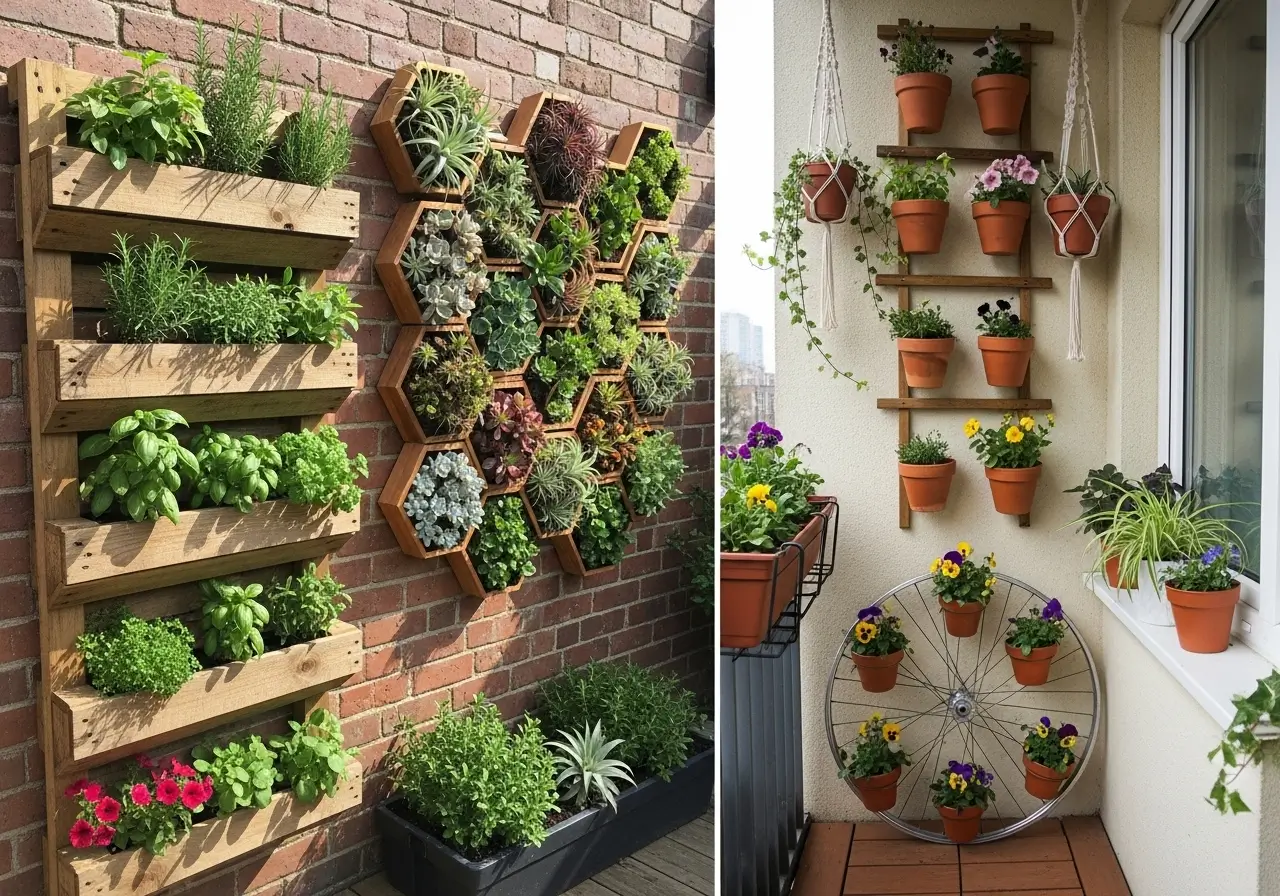
Home Landscape Ideas & Trends
Victor Miller
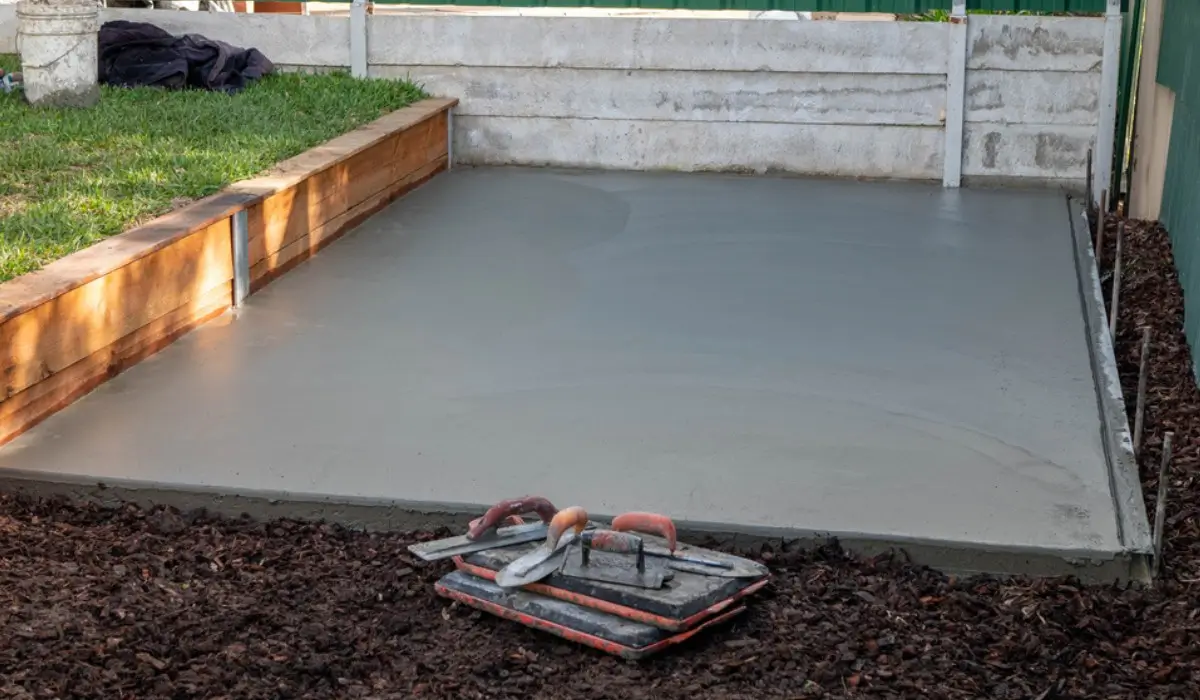
Outdoor Living
Victor Miller
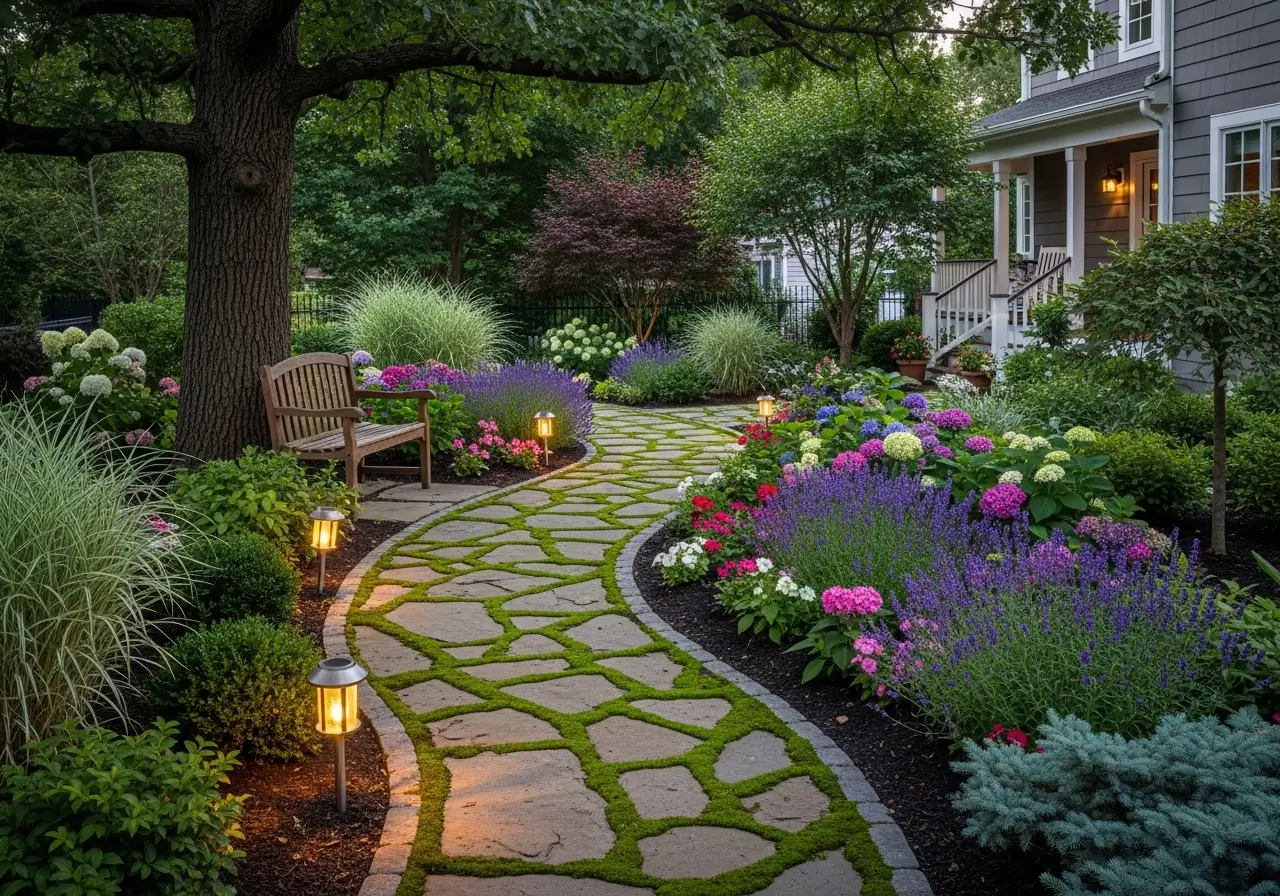
Patios, Walkways & Driveways
Victor Miller
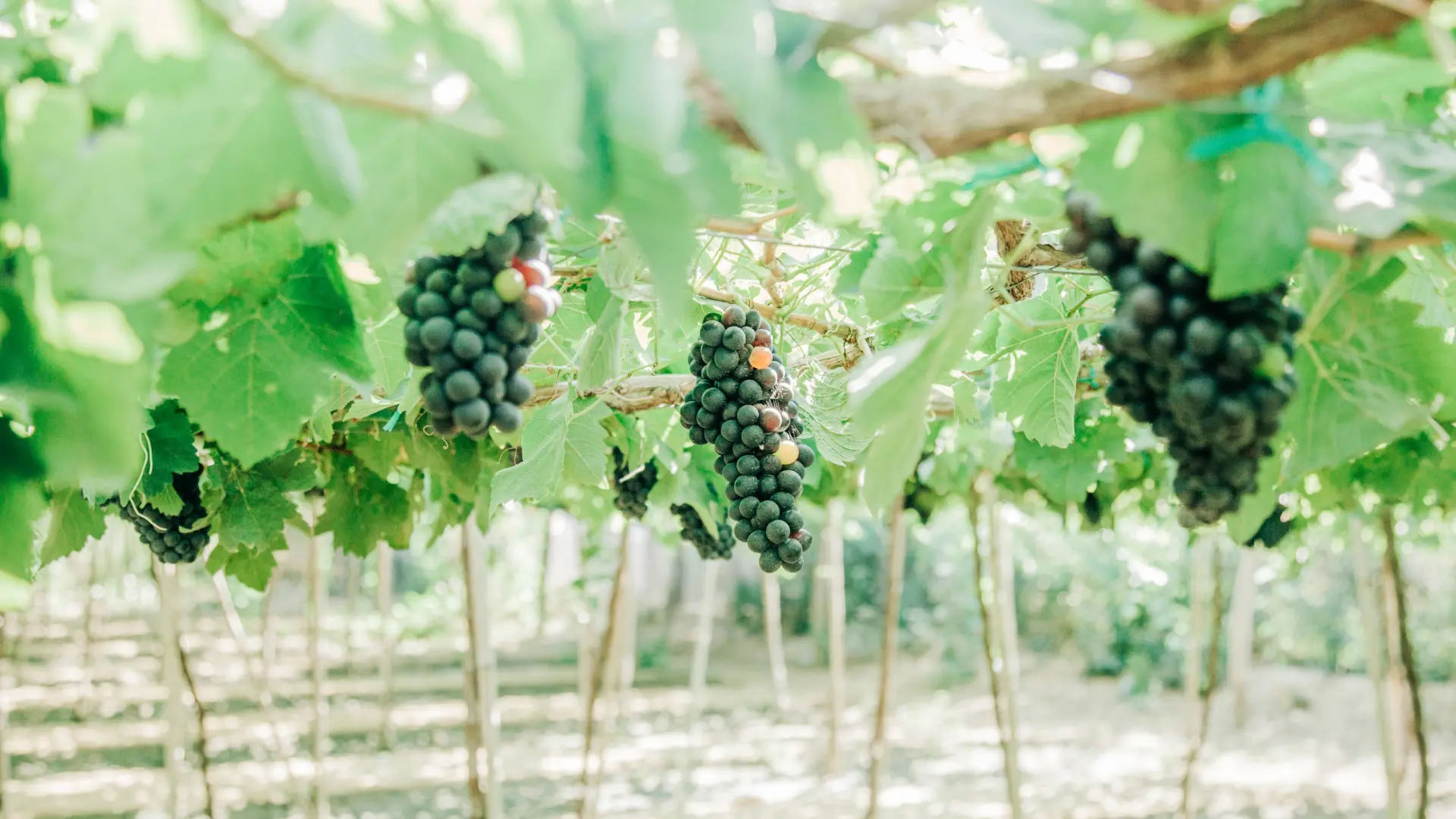
Agricultural Policy & Innovation
Gina Lazaarus

Soil Health & Fertilization
Gina Lazaarus
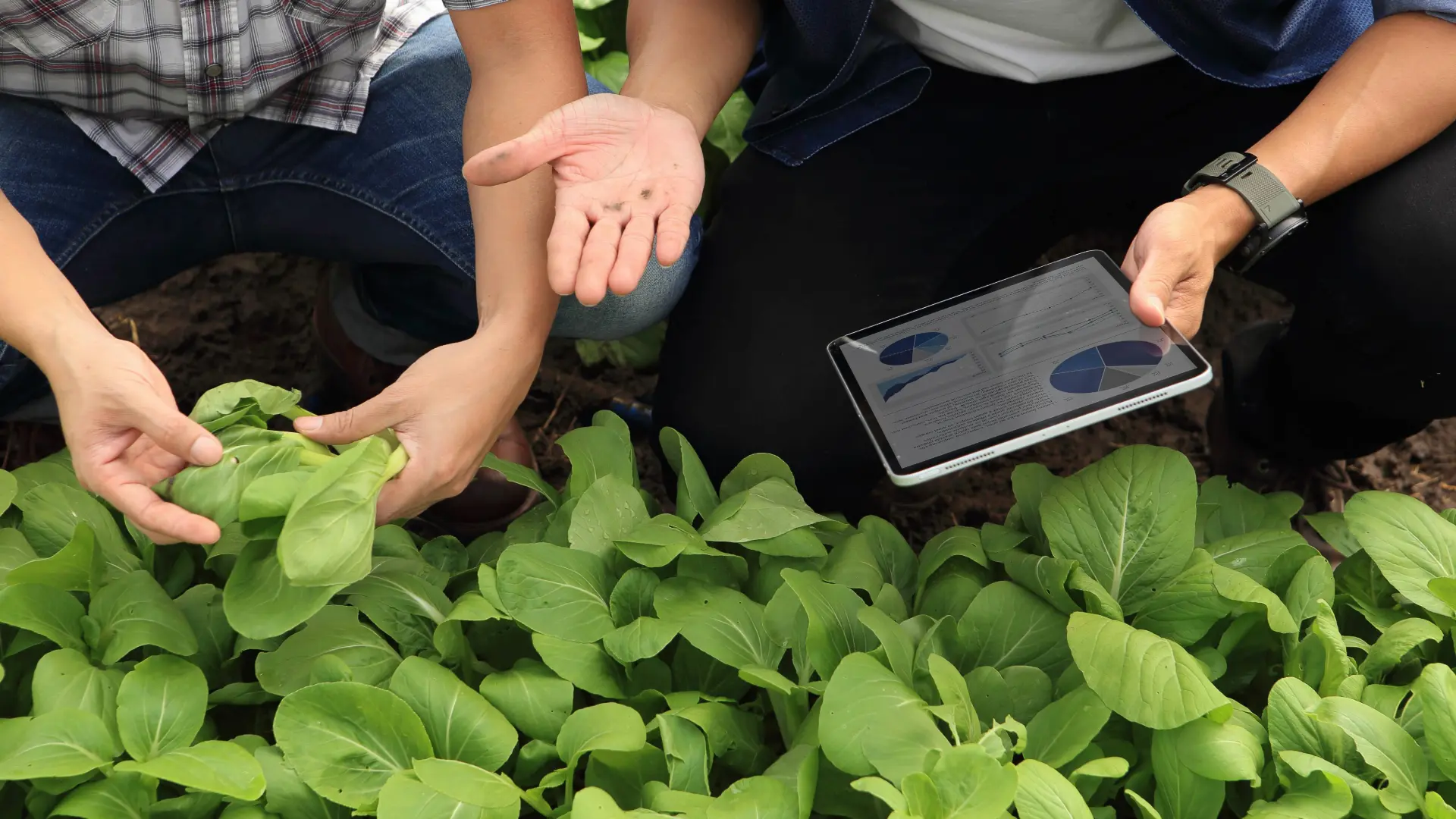
Climate
Gina Lazaarus

Outdoor Living
Victor Miller
My Account
Our team is always here to help.
We are open Monday - Friday, 9:00 AM to 4:30 PM PST.